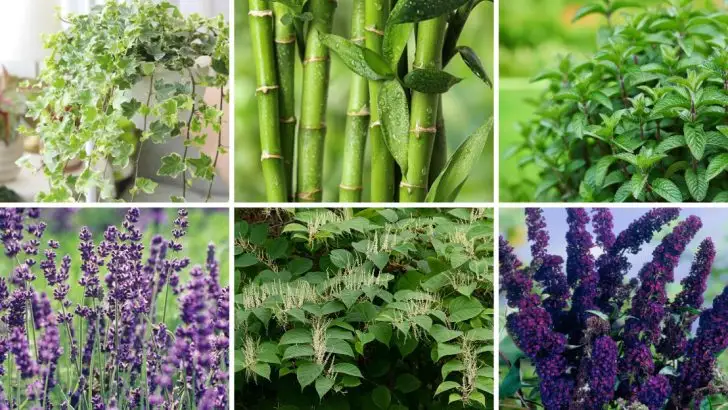Every gardener has at least one plant they wish they could go back in time and un-plant. Maybe it spread like wildfire, attracted every bug in the county, or just didn’t live up to the hype. On the flip side, there are those reliable favorites—the ones you add once and wonder how you ever did without.
This list is a mix of both: plants that tend to cause more frustration than joy, and the ones people wish they’d picked instead. If you’re planning your garden or thinking about swapping things out, these honest wins and regrets from fellow growers might save you some trouble (and maybe a little digging).
English Ivy

English Ivy might look charming as it climbs gracefully up walls, but don’t be fooled by its elegant appearance. This plant quickly turns into a villain in disguise because of its invasive nature.
Once it takes root, it spreads aggressively, often overtaking gardens and causing damage to brickwork and trees. It requires constant management, making it a gardener’s nightmare.
Instead, consider native alternatives like Virginia Creeper. With its vibrant autumn colors and manageable growth, it offers beauty without the hassle. You’ll save time and effort while still enjoying a lush, green landscape.
Virginia Creeper
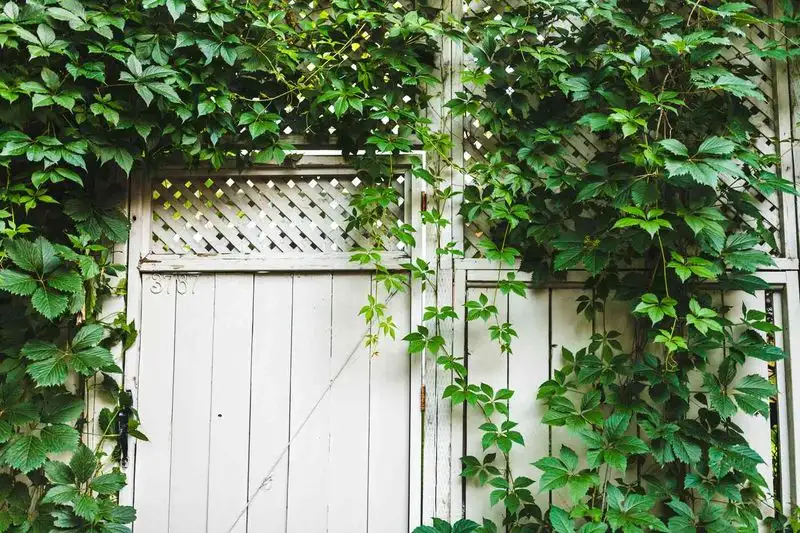
Virginia Creeper is a plant that many gardeners wish they had considered earlier. Unlike its aggressive counterparts, it’s well-behaved and rewards you with breathtaking fall colors.
Its leaves turn a fiery red and orange, lighting up any garden space. It’s ideal for fences and pergolas, adding a touch of elegance without taking over the area.
This plant is also a haven for local wildlife, attracting birds and butterflies. Easy to grow and maintain, Virginia Creeper brings life and color to gardens without becoming a burden.
Bamboo
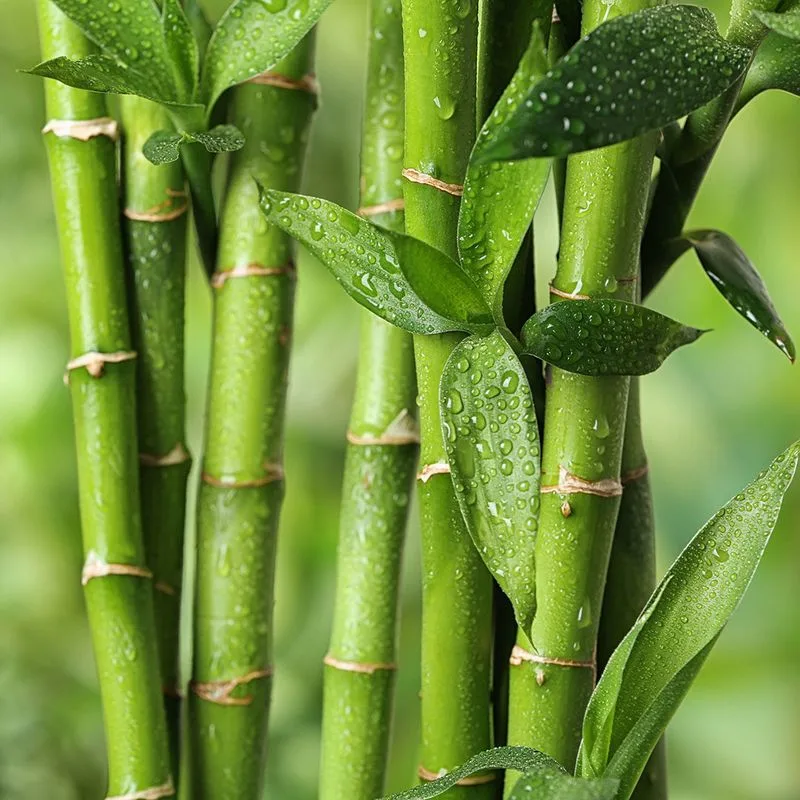
Bamboo may seem like a fantastic idea for creating a quick privacy screen. However, its rapid growth and spreading roots make it a real menace.
Once established, it spreads relentlessly and can be extremely difficult to remove. It invades neighboring gardens and can even damage structures.
Instead, try ornamental grasses like Miscanthus. They provide the same privacy without the invasive aftermath. With their elegant plumes and varied colors, Miscanthus grasses offer a much more manageable and serene garden presence.
Miscanthus Grass
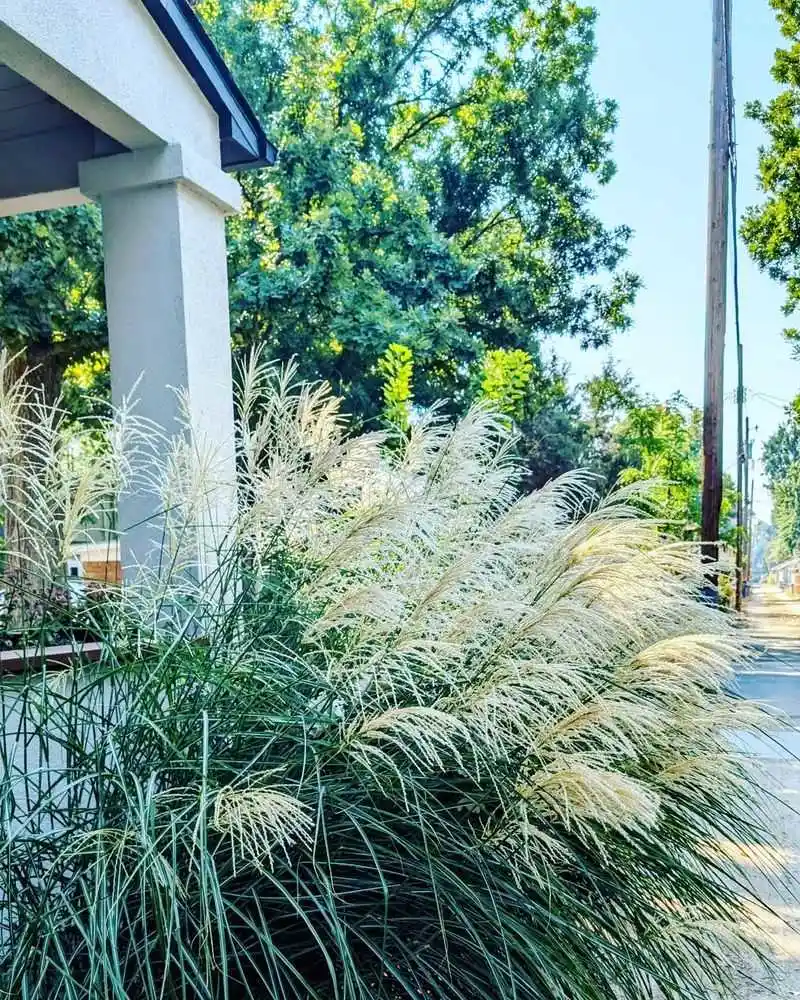
Miscanthus Grass is a dream plant for those seeking both beauty and functionality in their gardens. Unlike bamboo, it stays where you plant it, growing in graceful clumps.
Its feathery plumes dance mesmerizingly in the wind, adding movement and texture to your garden. The variety of colors and sizes available allows for creative landscaping.
Low maintenance and non-invasive, Miscanthus provides a year-round spectacle. It’s perfect for borders, screens, or as a focal point. Gardeners cherish it for its reliability and charm, enhancing any outdoor space.
Mint

Mint is a fragrant delight, but its vigorous spreading can quickly turn it from a culinary favorite into a garden pest.
Plant it without barriers, and it will assert dominance over your entire garden bed, leaving little room for other plants. Even a small root fragment can start a new colony.
A wiser choice might be lavender, with its soothing aroma and beautiful purple blooms. It stays contained and attracts pollinators, adding serenity and biodiversity to your garden without the rampant spread.
Lavender
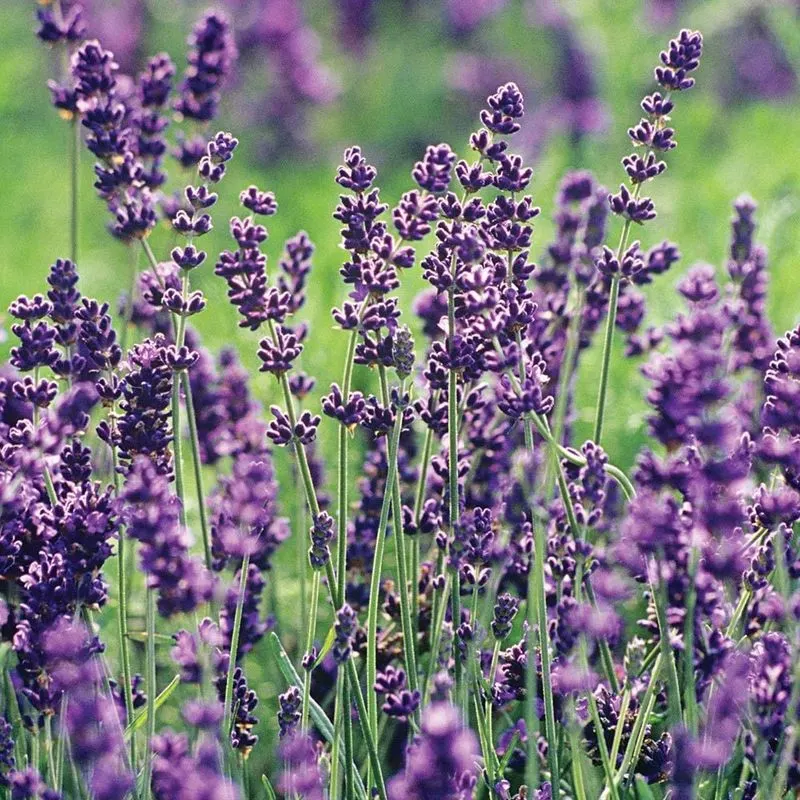
Lavender, with its calming fragrance and enchanting purple blooms, is a plant gardeners wish they had planted sooner. It’s not only beautiful but also practical, providing a haven for bees and butterflies.
Unlike mint, lavender behaves respectfully in the garden, growing in neat clumps without taking over. Its soothing scent can transform any space into a sensory retreat.
Drought-tolerant and easy to grow, lavender is perfect for borders, rock gardens, or fragrant hedging. Its timeless appeal and straightforward care make it a delightful addition to any gardener’s repertoire.
Japanese Knotweed

Japanese Knotweed is notorious for its ability to cause chaos in gardens and beyond. It grows rapidly, with roots that can damage foundations, walls, and pavements.
Once established, it requires professional removal, often leading to significant expense and effort. It’s the plant gardeners dread discovering on their property.
Opt for safer alternatives like the Butterfly Bush. Known for its vibrant flowers and attraction to pollinators, it beautifies gardens without the destructive tendencies, providing color and life without worry.
Butterfly Bush

Butterfly Bush is a plant that brings joy and color to gardens. Its vibrant blooms attract butterflies and bees, creating a lively and engaging atmosphere.
Unlike Japanese Knotweed, it poses no threat to structures or other plants. It’s easy to maintain and adds a splash of color with its long-lasting flowers.
Perfect for garden enthusiasts who want a low-maintenance plant that supports local wildlife. Its ability to thrive in various soils makes it a versatile and rewarding choice for those looking to enhance their outdoor spaces.
Wisteria
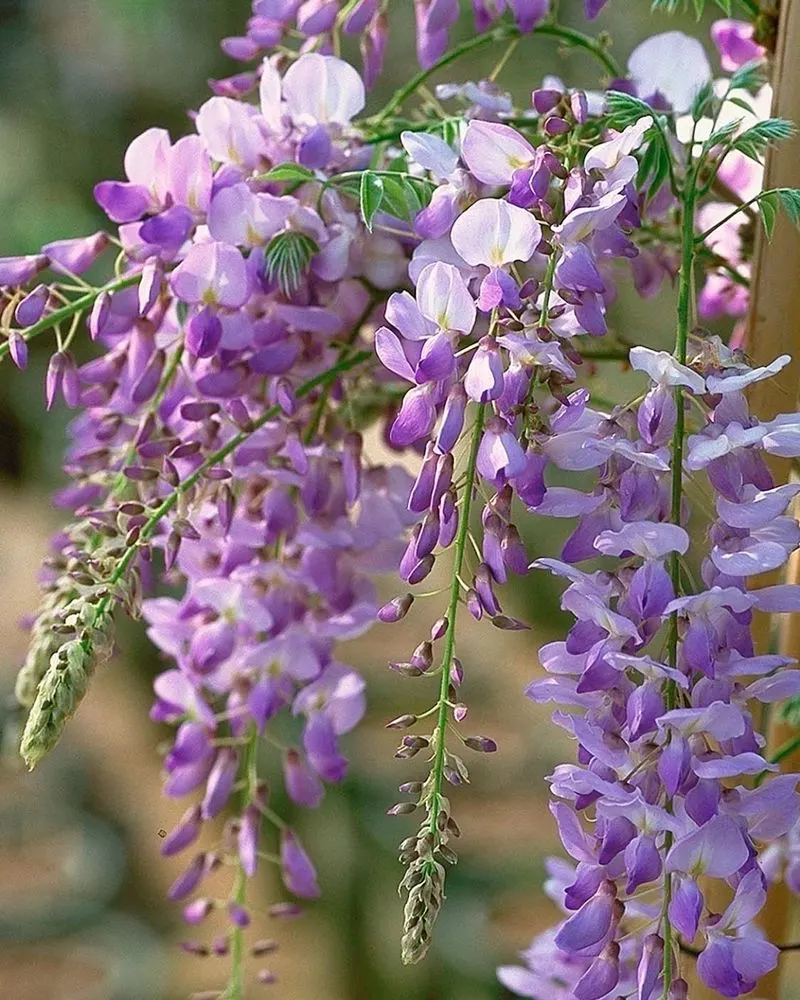
Wisteria is breathtaking when in bloom, but its vigorous growth can quickly become overwhelming. Its heavy vines can damage structures and require significant pruning.
Without regular care, it can take over, overshadowing other plants and becoming more trouble than it’s worth.
Consider the gentler Clematis instead. With its stunning flowers and manageable growth, Clematis offers similar beauty without the aggressive nature. It’s perfect for trellises and fences, providing a burst of color while respecting its surroundings.
Clematis
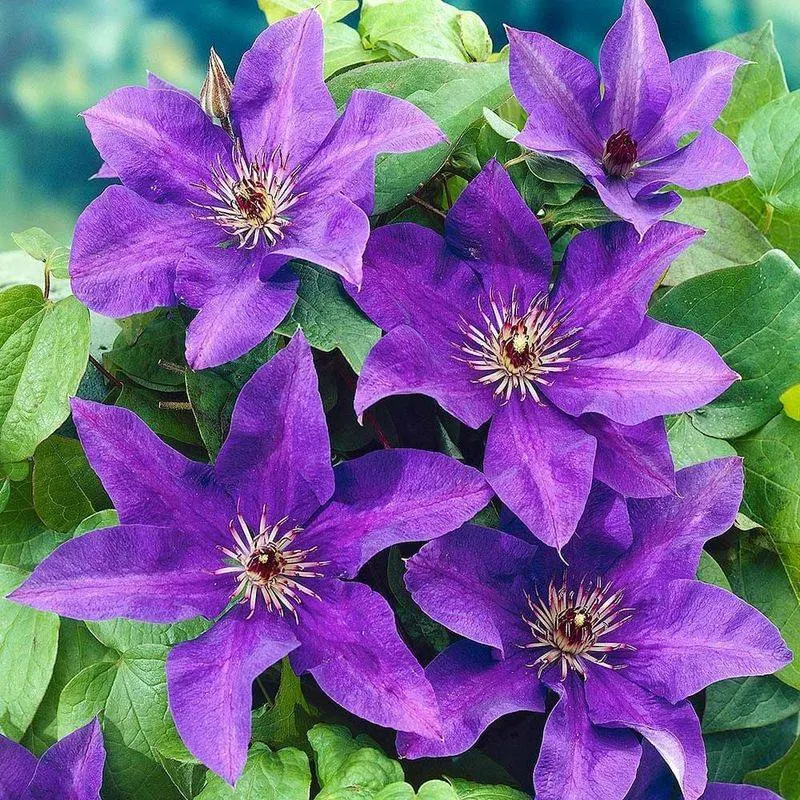
Clematis is a plant that captures hearts with its enchanting blooms and diverse colors. It’s loved for its ability to climb elegantly without overwhelming its support.
Unlike Wisteria, Clematis doesn’t require excessive care or space, allowing other plants to flourish alongside it. Its adaptability to different garden styles makes it a favorite among gardeners.
Perfect for those seeking a touch of romance and elegance in their outdoor spaces. Its charming presence and ease of growth make Clematis a delightful choice for any garden enthusiast.
Morning Glory
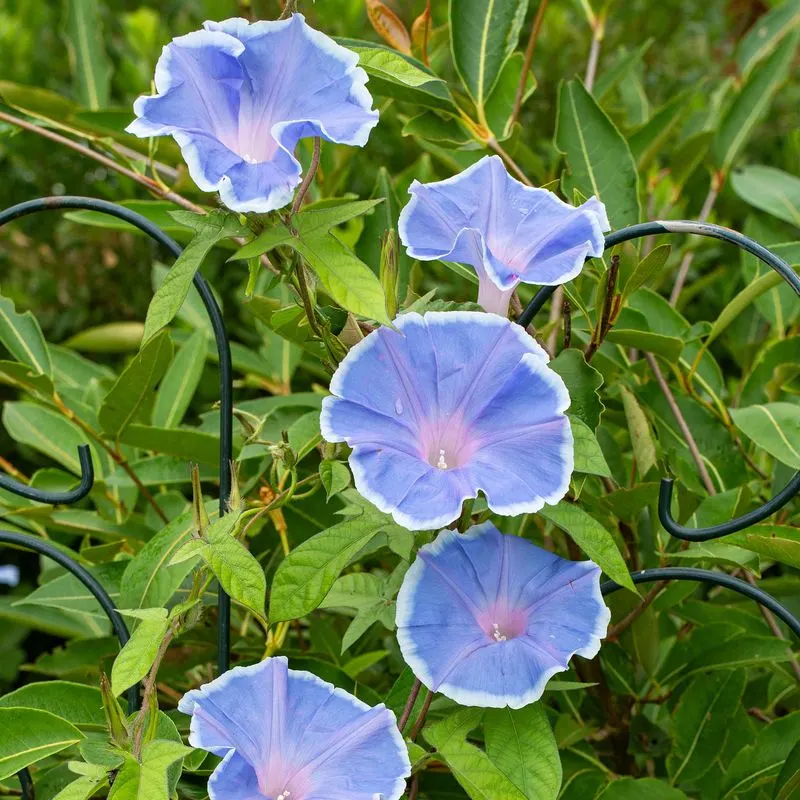
Morning Glory enchants with its vibrant blooms but quickly becomes a tangled mess. Its fast growth can choke other plants, requiring constant pruning and attention.
Without careful management, it can dominate a garden, overshadowing more delicate species and becoming an eyesore. For a more harmonious garden, consider planting Sweet Peas.
Sweet Peas offer similar visual appeal with their colorful flowers but are far less invasive. Their gentle climbing habit and delightful fragrance make them a favorite for gardeners seeking beauty and tranquility.
Sweet Peas

Sweet Peas are a garden favorite for those seeking elegance without the chaos. Their lovely pastel blooms offer a charming visual treat, and their scent adds a touch of sweetness to the air.
Unlike Morning Glory, Sweet Peas are well-mannered, climbing gently where you lead them. They thrive without taking over, making them a perfect addition to any garden setting.
Ideal for cottage gardens or trellis displays, Sweet Peas provide color and fragrance. Their easy-going nature and delightful bloom make them a beloved choice among gardeners.
Russian Sage

Russian Sage may appear beautiful with its silvery foliage and lavender blooms, but its aggressive growth can overshadow less robust plants.
It can spread quickly, often requiring more space than anticipated, leading to a crowded and unbalanced garden. A smarter choice would be Salvia.
Salvia offers a similar color palette and appeal without the invasive tendencies. Its neat growth and ability to attract pollinators make it a versatile and rewarding option, adding splendor without the stress.
Salvia
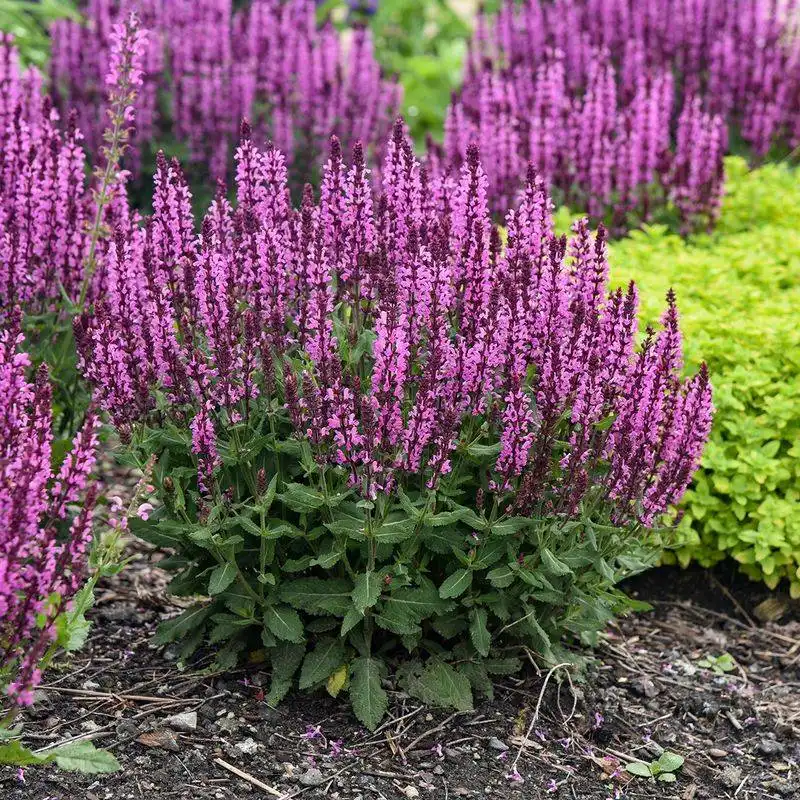
Salvia is a gardener’s delight, known for its vibrant spikes of blue and purple flowers. It’s a magnet for bees and butterflies, bringing life to any garden.
Unlike Russian Sage, Salvia is well-behaved and adapts to different garden designs. Its compact growth allows for easy placement without fear of taking over.
Whether used as a border plant or a focal point, Salvia adds color and charm. With low maintenance and high visual impact, it’s a favored choice for those looking to enhance their gardens with beauty and grace.
Tansy

Tansy might look appealing with its bright yellow flowers, but it hides a more sinister side. It’s toxic and invasive, spreading quickly and crowding out other plants.
Its toxicity makes it unsuitable for gardens where pets and children play, creating potential hazards. Yarrow, in contrast, offers beauty and utility without these risks.
With its feathery leaves and white or pink flowers, Yarrow is non-invasive and beneficial. It attracts pollinators and can be used in herbal remedies, making it a gardener’s friend rather than a foe.
Yarrow
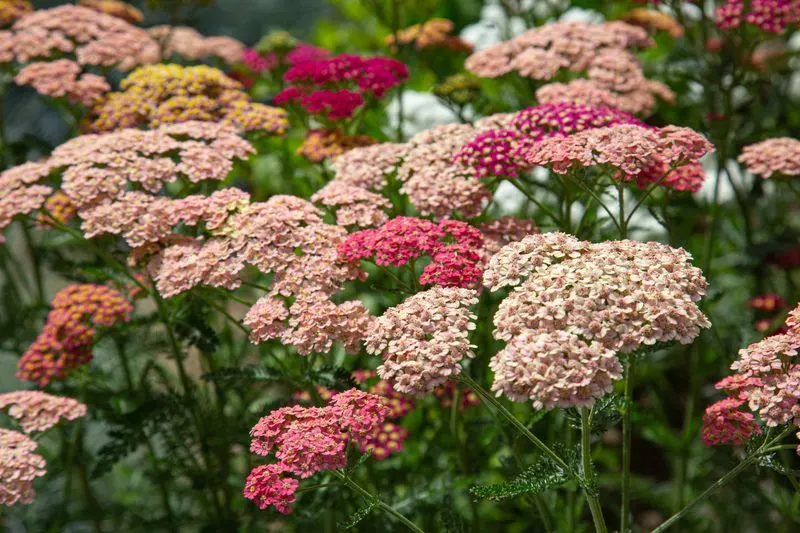
Yarrow is a plant that gardeners often wish they had chosen sooner, with its delicate clusters of flowers and feathery foliage.
Unlike Tansy, Yarrow is non-toxic and easy to manage, making it a safe choice for gardens with pets and children. It’s known for attracting beneficial pollinators, enhancing garden biodiversity.
Yarrow can thrive in various climates and soil types, making it a versatile addition. Its beauty and utility, combined with its gentle nature, make Yarrow a cherished part of any garden, offering beauty and function in equal measure.
Privet
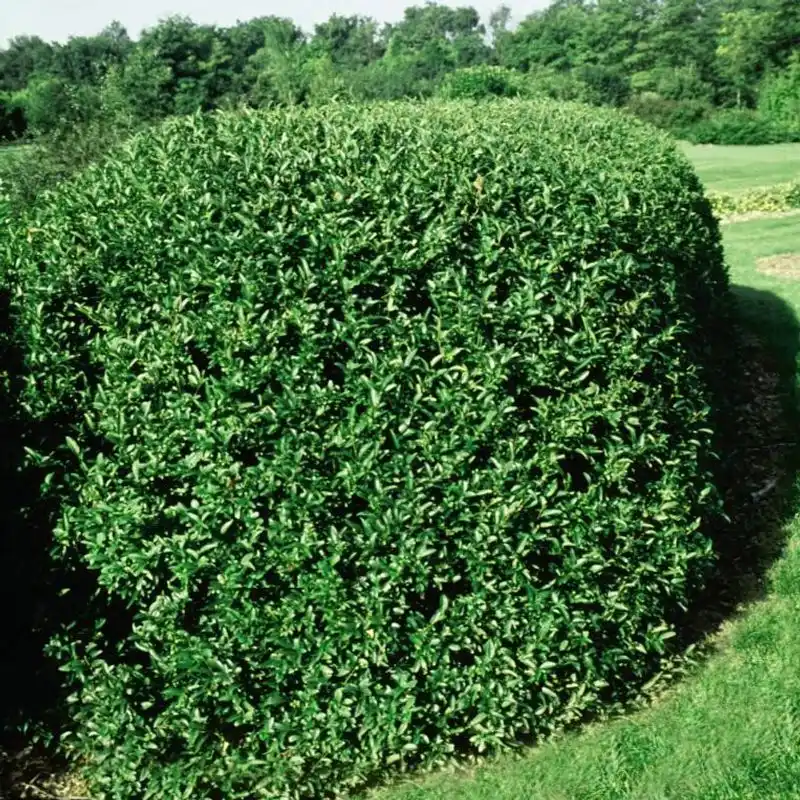
Privet is often chosen for hedges, but its rapid growth and high maintenance needs can make it a regrettable choice.
It requires frequent trimming to keep it in check, and its dense growth can become unruly if neglected. For a more manageable alternative, consider planting Boxwood.
Boxwood provides a similar aesthetic without the excessive upkeep. Its slow-growing nature and tidy appearance make it ideal for those seeking elegance with less effort, offering structure and beauty without the headache.
Boxwood
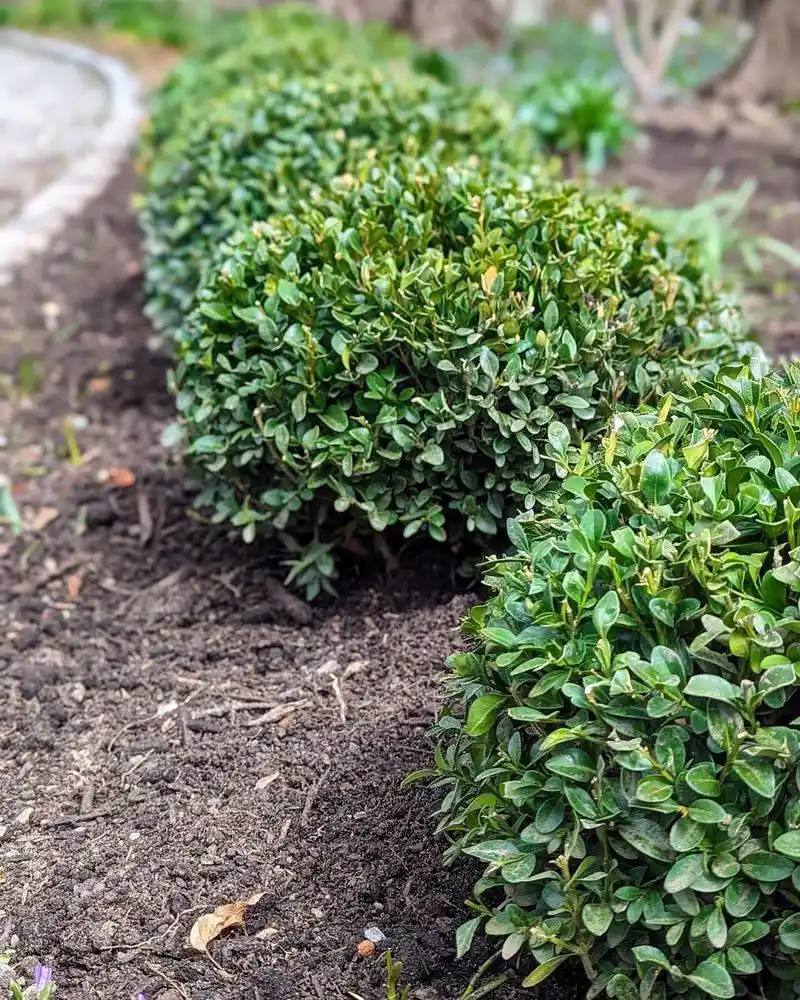
Boxwood is a classic choice for those seeking structured, elegant hedges without the fuss. Its dense, evergreen foliage can be shaped to fit almost any garden design.
Unlike Privet, Boxwood is slow-growing, requiring less frequent trimming and maintenance. Its tidy appearance makes it a favorite for formal gardens and topiary enthusiasts.
Easy to care for and versatile, Boxwood offers beauty and formality without the hassle. It’s an ideal plant for gardeners who want to create structured landscapes with minimal effort, providing timeless elegance year-round.
Lily of the Valley
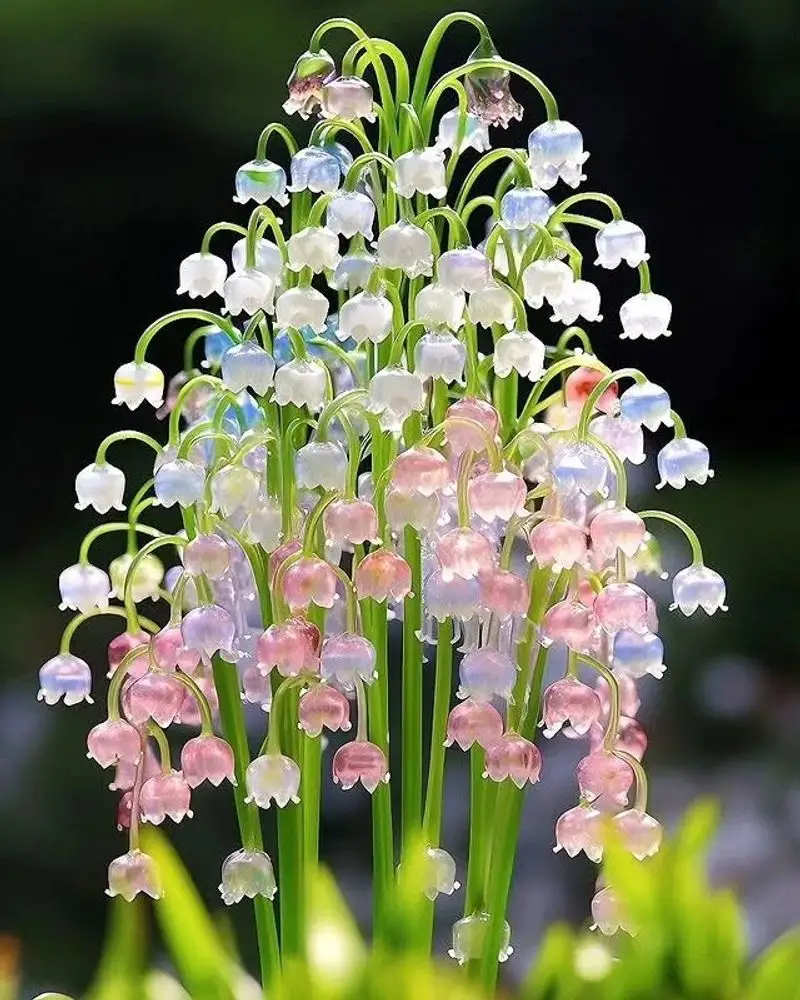
Lily of the Valley enchants with its delicate white bells and sweet fragrance, but it hides a more persistent nature.
Once planted, it can spread rapidly, taking over areas and outcompeting other plants. Its invasive nature often leads to regret among gardeners seeking more balanced gardens.
Opt for Snowdrops instead. With their gentle blooms and early spring appearance, they offer similar charm without aggressive growth. Snowdrops are a delight in shady spots, adding elegance and simplicity to gardens without overwhelming them.
Snowdrops
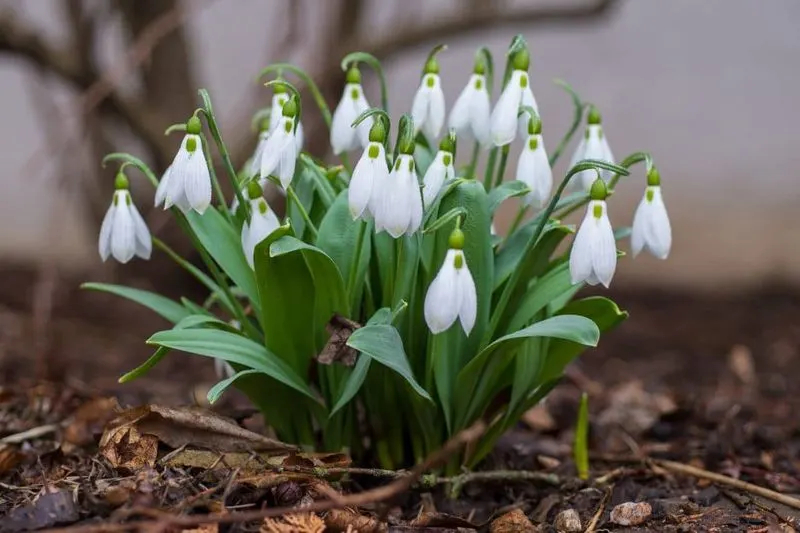
Snowdrops are a gardener’s joy, providing the first glimpse of spring with their delicate white flowers. Unlike Lily of the Valley, they are gentle and non-invasive, thriving in harmony with other plants.
Their early blooming makes them a treasured addition, bringing hope and beauty to cold winter gardens. They grow well in shady spots, adding lightness and charm without overwhelming other plants.
Loved for their ease of growth and understated beauty, Snowdrops are ideal for those seeking a peaceful and elegant garden scene, signaling spring’s arrival with grace.

